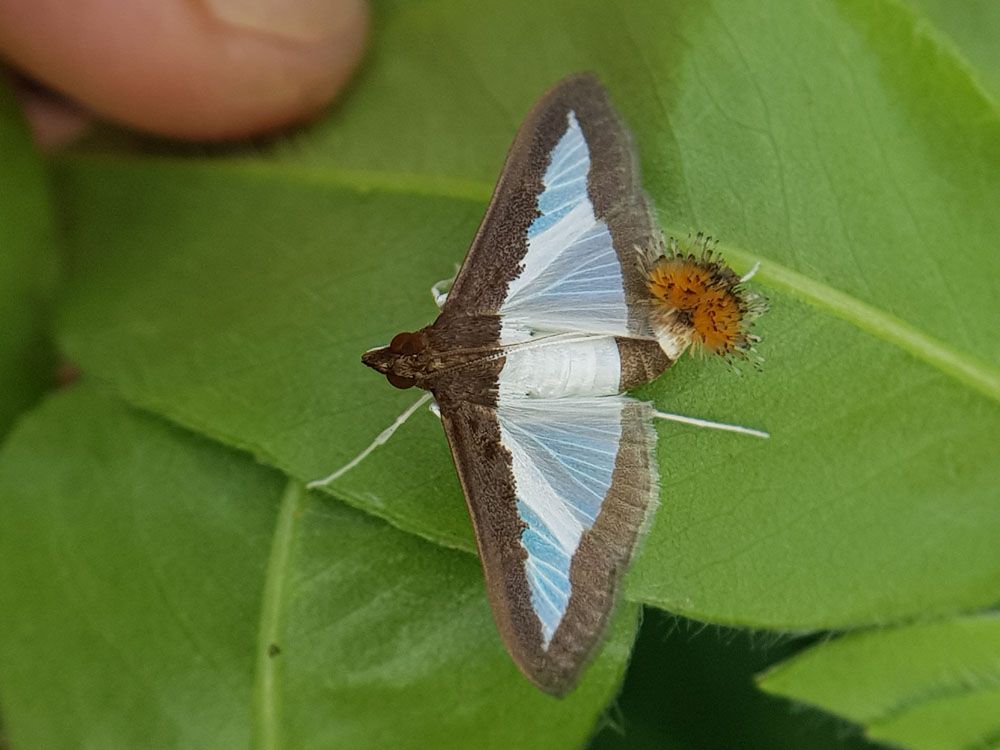
Melonworm – Diaphania hyalinata
Melonworm: Appearance, Territory, Damage and Life Cycle
Latin Name: Diaphania Hyalinata
Appearance: The brown-headed melonworm moth has a white-tipped abdomen with bushy hair-like tufts. Their wings are white, somewhat iridescent in the center, and bordered with a thick dark brown band. The melonworm moth’s wingspan is around an inch. Melonworm moths are most active at night.
Hosts Plants: Melonworm is confined to cucurbits as a food source. Cucurbits, both wild and farmed, may be attacked. Summer squash and winter squash species make excellent hosts. Because pumpkins have been developed from many Cucurbita species, their quality as a host varies. Cucumis species, including cucumber, gerkin, and cantaloupe, are attacked but not favored. Watermelon is an uncommon host.
Territory: Diaphania Hyalinata Linnaeus, the melonworm, is found throughout much of Central and South America, as well as the Caribbean. It has also been recorded in Africa. The northern limit of its permanent range is the United States, and winters occurrence is mainly restricted to south Florida and maybe south Texas. Melonworm migrates northward every year. During the summer, it is mostly found in the southeastern states, although it may also be found in New England and the Great Lakes region.
Damage Insect Cause: Melonworm feeds mostly on foliage, particularly if foliage of a preferred host plant, such as summer or winter squash, is available. The leaf veins are usually kept intact, resulting in lace-like plant remnants. If the available foliage is depleted, or if the plant is a less desired species, such as cantaloupe, the larva may eat on the fruit’s surface or even burrow into it. These insects are frequently referred to as “rindworms” by growers because they leave scars on the surface of melons. Interestingly. 2016 discovered that, whereas adults avoided laying eggs on watermelon, this plant was really an excellent host. Melonworm generated a 23 percent production loss owing to foliage damage and a 9 to 10% yield drop due to fruit damage in a study evaluating melonworm damage potential to summer squash done in south Florida.
Life History and Habits: The melonworm’ s life cycle takes around 30 days to complete. It is found all year in southern Florida, where it is mostly restricted by the availability of host plants. It migrates northward every year, generally reaching in northern Florida in June and other southeastern states in July, when only three generations may occur before winter weather destroys the host plants.
